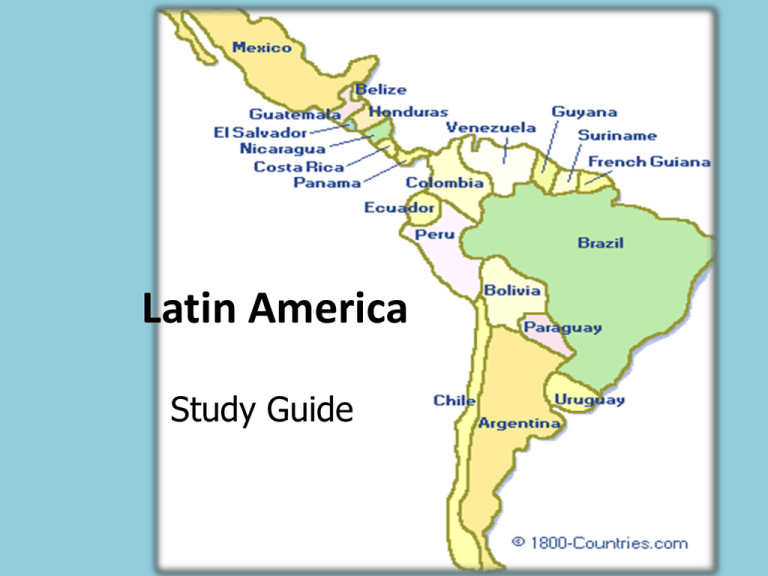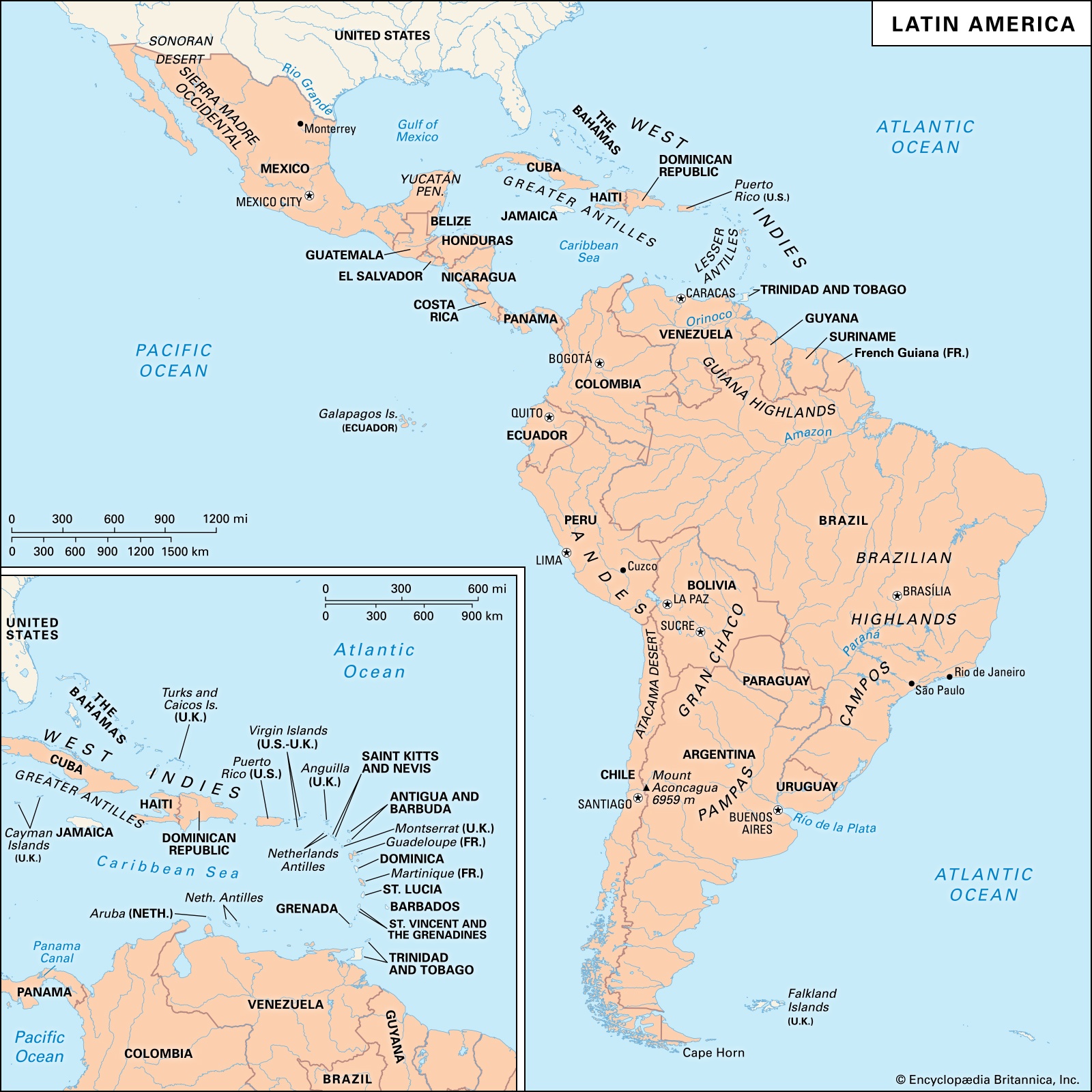Which Best Describes the Political Situation in Latin Americain 1800
People of 100 indigenous descent are the majority in a couple of Latin American countries - Bolivia being a prime example. Nearly one century later President Theodore Roosevelt added to Monroes warning by promising to intervene in any regional country the United States saw as weak unstable or in any other way vulnerable to foreign influence.
The independence of Latin America.

. The government badly needed this weapon. Historians today differ in their opinions about why this trend toward more democratic forms of political systems emerged in Latin America at the end of the 20th Century. In Boston a city of a little more.
The financial situation disastrous in 1795 was even worse in 1796. A number of political radicals. Since the 1980s most Latin American countries have.
The actual term Latin America was coined in France under Napoleon III and played a role in his campaign to imply cultural kinship with France transform France into a cultural and political leader of the area and install Maximilian as emperor of Mexico. After three centuries of colonial rule independence came rather suddenly to most of Spanish and Portuguese America. When a breakdown in diplomatic negotiations resulted in the Quasi-War with France the Federalist-controlled Congress passed a series of laws known as the Alien and Sedition Acts intended to curb political dissent and limit the political participation of immigrants by easing deportation and lengthening the time required for citizenship.
Domingue convinced many of the refugees to return home. The rapidity and timing of that. Many believe that the explanation for this expansion of multi-party forms of governments is the result of the West emerging from the Cold War as the model for countries with higher levels of living standards.
Adams was resolutely anti-slavery and felt no need to aid white forces in St. Initially in the first half of the century it was a discourse of liberation from colonial rule in Hispanic America. The exclusionary nature of political systems of Latin America reached its height under the military governments in the 1970s particularly in Argentina and Chile.
Liberalism was the dominant political discourse in Latin America during most of the nineteenth century. The dictatorship decaying from within collapsed but it was many years. The organization of this kingdom is detailed in a very similar way to the medieval kingdoms of Europe in which vassals and Lords serve the King and when asked provide him with an.
At the end of January it was decided to do away with the now worthless assignats. A group of Northern Democrats attempted to prohibit the spread of slavery into the formerly Mexican lands but fell short of votes in the United States Senate. There was no alternative currency available and specie failed to reappear.
The growing xenophobia along with temporarily improved political stability in France and St. The beginning of the Federalist administration of President John Adams signaled a change in policy. However because of poverty racial inequality racial discrimination against blacks inspiring examples of black activism in the United States African nations and the English-speaking Caribbean and their own traditions of political struggle Afro Latin Americans continued probing for ways to exert political power.
This was evident at the outset of Latin Americas bloodiest 20th-century civil conflict the Mexican Revolution of 1910 when a dissident member of the large landowning class Francisco Madero challenged Díaz for reelection lost and rose in rebellion promising to bring genuine political democracy to Mexico. Although there is an ongoing debate among Latin American historians about the best way to periodize the regions nineteenth and twentieth century history there is also a general consensus that these years mark a distinct historical period in the region. As a consequence of this divisionary rule womens participation in collective actions associated with the struggle for their rights and their identity rose significantly in order to combat the prevailing ideological burden.
This was fine except for one little fact. Between 1808 and 1826 all of Latin America except the Spanish colonies of Cuba and Puerto Rico slipped out of the hands of the Iberian powers who had ruled the region since the conquest. The six decades between 1870 and 1930 saw rapid changes in Latin America.
Spain and Portugal were in the process of granting independence to their colonies. Latin America in 1800 was a collection of corrupt semi-bankrupt little dictatorships relying on Spain and the Catholic Church for government and educational assistance. Which best describes the political situation in Latin America in 1800.
Most of the regions colonies were ruled by European nations and were ready to fight for independence. Later in the second half liberalism was firmly established as an ideology of nation building in most of the region. CThe United States and France were helping prepare Latin America for.
Guarionex was the King and Lord of Magua. The acquisition of thousands of square miles of new territory only exacerbated the political crisis in Washington over whether slavery would be allowed there. It has sought to play this role since the 1800s when President James Monroe warned European powers against interfering in the region.
While the pure indigenous have a tendency to hold on to traditional culture. So in March a new paper money the mandat territorial was created. Describe Guarionexs kingdom including its political structure.
However most countries in Latin America have a majority population of people known as mestizos that is people of mixed indigenous and European descent. Why does de Las Casas describe it as he does. In the 1980s the situation progressively evolved in the world as in South America despite a renewal of the Cold War from 1979 to 1985 the year during which Mikhail Gorbachev replaced Konstantin Chernenko as leader of the USSR and began to implement the.
The inauguration of Ronald Reagan in 1981 meant a renewed support for right-wing authoritarian regimes in Latin America. In the mid-twentieth century especially in the United States there was a trend to. With immigration controls left primarily to the states and cities the Irish poured through a porous border.

Focus On Latin America Center For International Education


No comments for "Which Best Describes the Political Situation in Latin Americain 1800"
Post a Comment